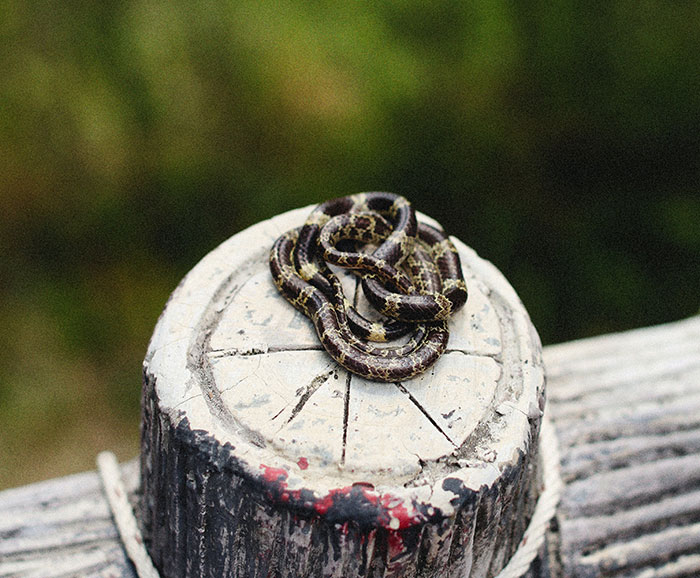Snakes are long. They are scaly. They are cool to touch. Also, they have no legs and a two-pronged tongue. And don’t forget the tiny little beady eyes and their propensity to eat live animals! Now, here’s the question - how can an animal with no legs, no fur, and such funky colors be so hated? Yeah, we get it - they are venomous and dangerous, but come on! Just google for some pictures using the awesome snakes prompt; they are just unbelievably gorgeous! However, if you’re not one to judge a book by its cover or love a snake just because it looks cute, your opinion might be changed by these snake facts we’ve gathered in this list. You know, we’re just doing our part of making snakes loveable here!
Anyway, these facts about snakes might shed some light on the lives of these awesomer-than-your-dog serpents. And believe us when we tell you that there is a lot to learn about them! So, you should definitely expect these interesting facts about snakes to encompass all the aspects of their daily lives, including but not limited to their feeding habits, prey-location abilities, and physiological curiosities. And if all of this is already way too icky for you, just wait until you discover the cool facts about their reproductive habits and biology! Disclaimer - that’s where the plot really thickens, and the story goes absolutely wild with some of the specimens.
Now, are you prepared for our snake-tastic snake trivia? If so, you’ll find the submissions just a Barbados Thread Snake’s length below (the smallest snake in the world, BTW). Once you are there, rank the facts by their coolness, comment on the ones that seemed the least believable, and share this article to spread the love these serpents really deserve!
This post may include affiliate links.
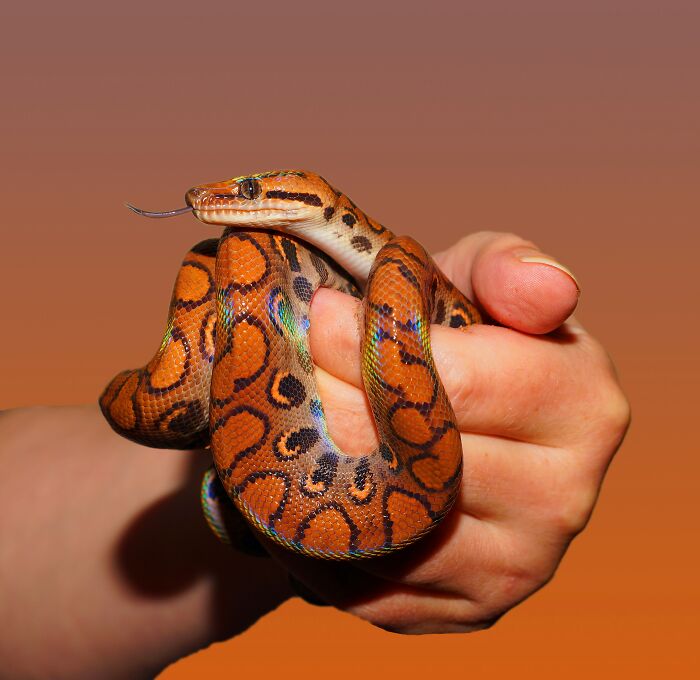 External ears are absent in snakes.
External ears are absent in snakes.
They primarily cannot hear sounds in the air. Like humans, they have an inner ear, which aids with balance. While traveling through the bush, you can shout or scream as loudly as you like, but a snake won't be scared off.
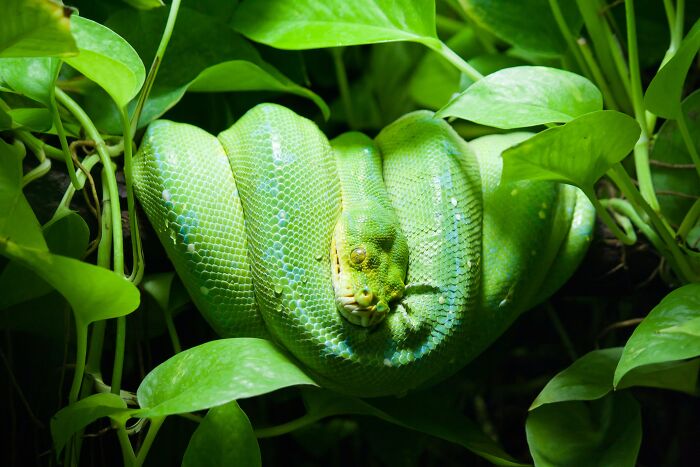 Snakes can also move in four different ways. For instance, concertina, a mode of mobility used by arboreal snakes, requires seven times more energy. Even when a snake tries to flee on a smooth surface, a unique mode of locomotion called slide pushing is performed.
Snakes can also move in four different ways. For instance, concertina, a mode of mobility used by arboreal snakes, requires seven times more energy. Even when a snake tries to flee on a smooth surface, a unique mode of locomotion called slide pushing is performed.
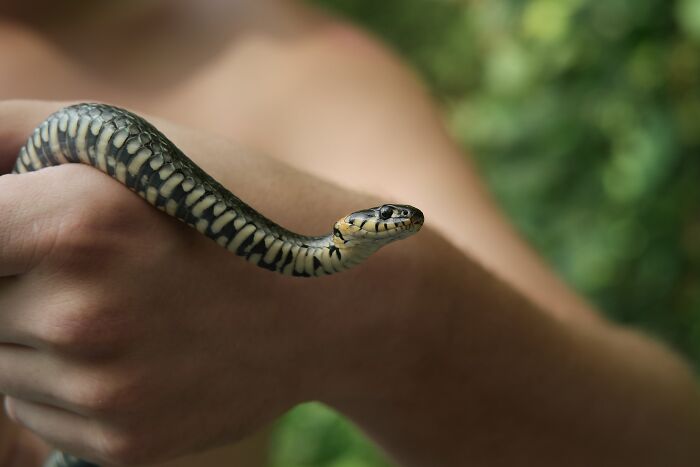 Snakes are not hostile animals.
Snakes are not hostile animals.
They are timid, reclusive creatures. Snakes do not bite maliciously, and they do not actively seek out foes. If/when necessary, they will protect their life. Snakes do like to be left alone, though.
According to some, King Cobra is the most intelligent snake.
The only snake species with a strong feeling of family is the King Cobra. They are the only snake species that build nests and protect their young, in contrast to the majority of snake species that don't.
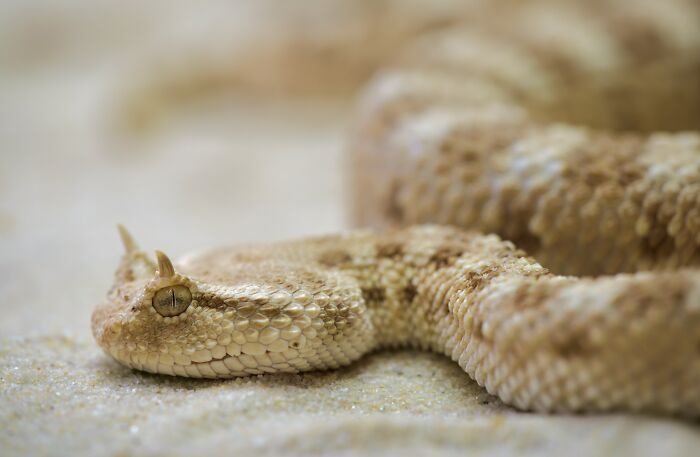 Snakes lack eyelids.
Snakes lack eyelids.
Have you ever wondered why snakes could make you feel uneasy? There are no eyelids on them. They must sleep with their eyes wide open since they cannot blink. They have a thin membrane covering each eye to protect it in place of eyelids. The word "brille" for the membrane in German means "glasses."
That's why rolling two #1s is called Snake Eyes. Dice don't have eyelids either.
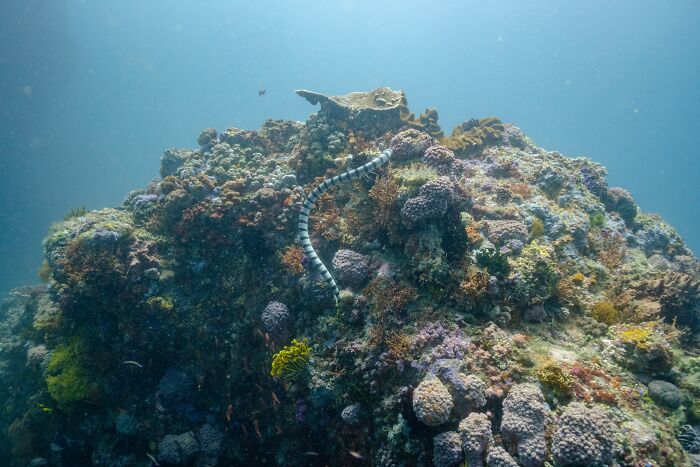 Some snakes live in the sea.
Some snakes live in the sea.
Although most snakes are land-based, there are roughly 70 species of snakes in the Indian and Pacific oceans. Sea snakes resemble their land-dwelling relatives in appearance, but they are entirely aquatic animals that cannot walk on land. Sea kraits (Laticauda) are the sole exception, albeit they still have limited terrestrial movement.
I l grew up believing New Zealand had no snakes. Then I discovered we had ‘no land snakes’, but we do have sea snakes… out of their normal habitat, but they turn up anyway. Inexplicably, they are classed as native?
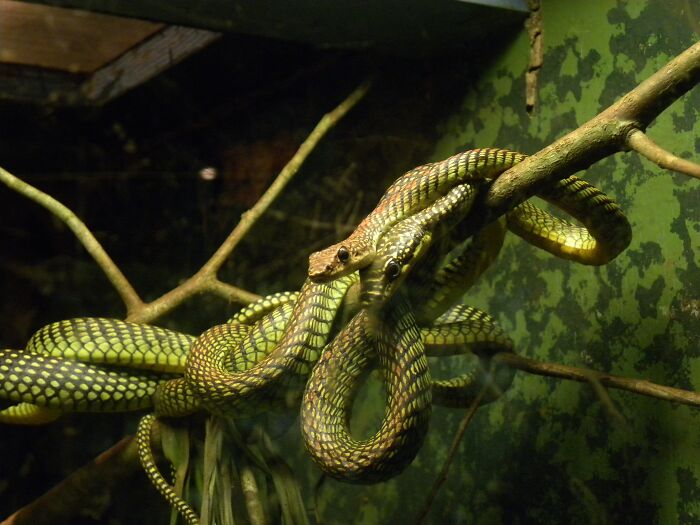 There are flying snakes.
There are flying snakes.
A native of Southeast Asia, the flying snake got its unusual name from its propensity to fly through woods. The Chrysopelea uses unique scales on its belly to climb trees and then throws itself from the top. To maintain flight and land safely, it twists its body and continues to move. In comparison to moving on land, flying snakes can cover 100 m with little effort.
They use their tongues to smell.
Even though they have nostrils, snakes cannot smell. Instead, they have developed a tongue-based and roof-of-mouth Jacobson's organ system for smelling. As a result, they are "smelling in stereo." They have sensors and a forked tongue that can pick up varying levels of chemical stimuli.
Snakes do not hibernate; instead, they undergo a condition of brumation or slowed metabolic rate during colder months.
In winter, many snakes stop eating and preserve energy by not moving as much. Even in the dead of winter, snakes may still emerge to bask on a warm, sunny day.
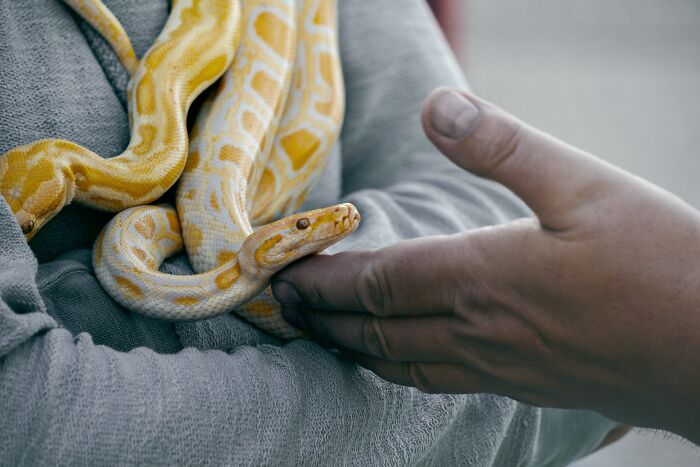 Snakes have scale-covered, smooth, dry skin.
Snakes have scale-covered, smooth, dry skin.
Keratin is used to make these scales. The same material can be found in human hair and nails. Scales of snakes are delicate. The sensitivity of each scale is equivalent to that of your fingertip.
They're not slimy either. Actually they're really pleasant to the touch. (Note: only try to find this out with domesticated pythons like this one).
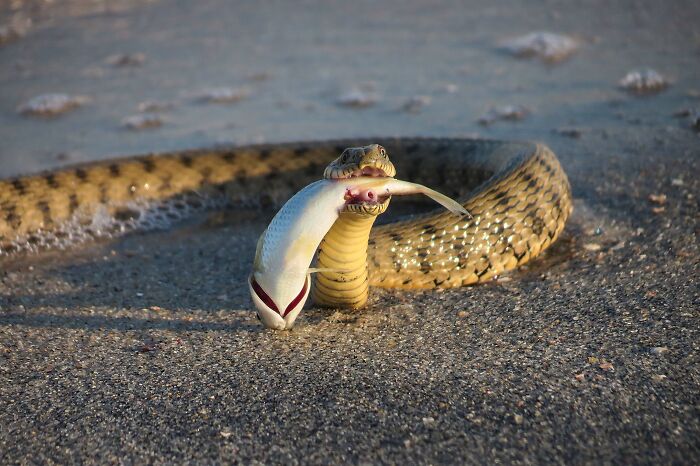 Snakes can't chew, so they are forced to swallow their food whole when they eat. Because of their highly flexible lower jaws, snakes may consume prey between 75% and 100% larger than their own head. Once the food has been consumed, the chemicals in their digestive system will complete the task of breaking down the food.
Snakes can't chew, so they are forced to swallow their food whole when they eat. Because of their highly flexible lower jaws, snakes may consume prey between 75% and 100% larger than their own head. Once the food has been consumed, the chemicals in their digestive system will complete the task of breaking down the food.
A snake's lower jaw is not connected. That's why snakes are very popular in College.
Snakes with two heads don't live very long.
You'd assume that two-headed snakes would survive in the wild just great as one of the animals with the most significant incidences of polycephaly. They don't survive for very long, though, since the two heads fight over food and frequently turn on one another. One more concerning but depressing snake truth.
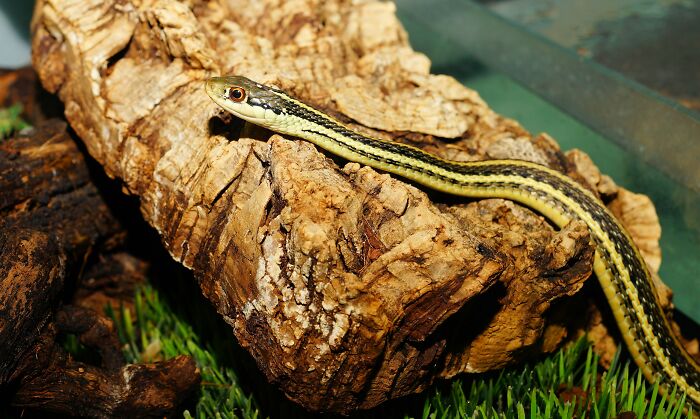 Snakes are entirely dependent on outside heat or light sources and are "solar-powered."
Snakes are entirely dependent on outside heat or light sources and are "solar-powered."
It's incorrect to refer to reptiles as having "cold blood" because their blood is not genuinely cold. The correct phrase is ectothermic, which denotes that their body temperature is fluctuating and controlled by outside factors. Reptiles require heat sources, such as the sun, to warm up because they cannot adjust their body temperature internally like mammals and birds can.
On the other hand reptiles need much less energy, food, than mammals, around 1 tenth only. There’s an interesting BBC documentary with David Attenborough “Life in Cold Blood” about reptiles. There are about 8700 species of reptiles versus 5000 species of mammals.
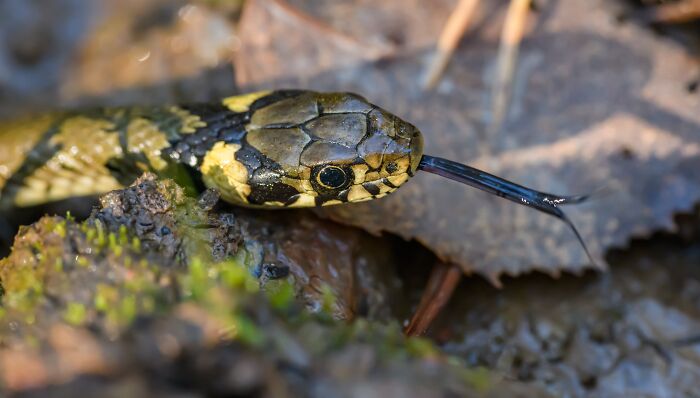 Snakes evolved over 142 million years ago.
Snakes evolved over 142 million years ago.
Because of their delicate skeletons, snakes are hard to date accurately, but the Cretaceous epoch is when they first occur in the fossil record. According to scientists, this places the age of snakes between 98 and 142 million years. Maybe the most surprising fact is that they are a more recent species than others, like crocodiles, lizards, and turtles.
142 million years old. According to the new Republican requirements, still not eligible for Social Security.
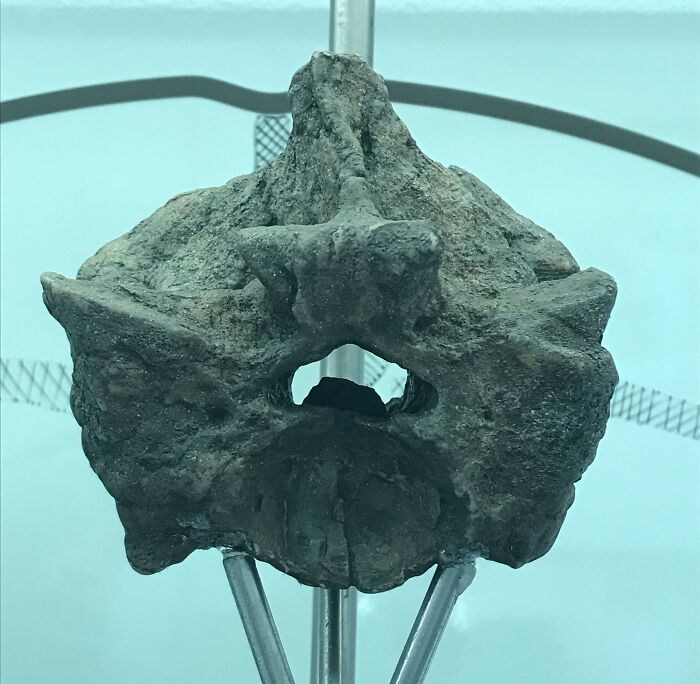 The Titanoboa is the largest fossilized snake yet discovered.
The Titanoboa is the largest fossilized snake yet discovered.
One of the more unsettling snake facts is that the Titanoboa, the largest snake fossil ever discovered, was discovered in Colombia's Cerrejo mines. The 60 million year old fossil was up to 50 feet long, 20 times heavier than the typical person, and its food consisted of enormous tortoises and crocodiles.
If they still existed we'd be hunting them to extinction and making handbags out of them, let's face it.
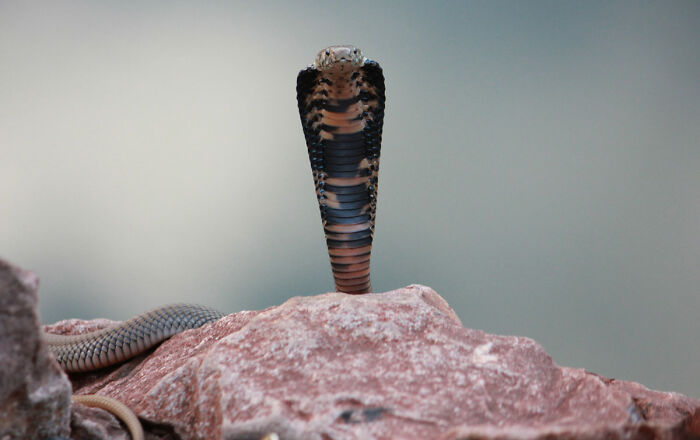 The accuracy rate of Mozambique spitting cobra is 100 percent.
The accuracy rate of Mozambique spitting cobra is 100 percent.
Another dangerous African species is Mozambique spitting cobra. Its ability to spit at targets more than 8 feet distant gave rise to its name. The cobra has a 100% accuracy rate for targets within 2 feet and can spit from any angle. With its venom that renders you permanently blind, it usually targets your eyes.
Volunteers needed. To qualify you must be able to a) stand and b) scream.
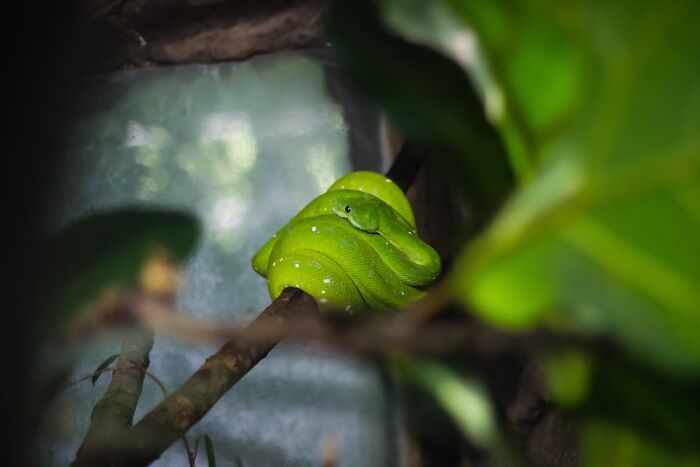 Snakes are not territorial.
Snakes are not territorial.
They do have a home zone that they roam in according to the seasons. However, this range can include nearby snakes and other creatures. They are aware of the locations of food, water, and shelter within their range.
Snakes do not possess keen vision.
They become frightened by movement and react to it. Most snake species don't have color vision. A snake cannot tell you apart from a tree or a rock if you stand perfectly still in front of it.
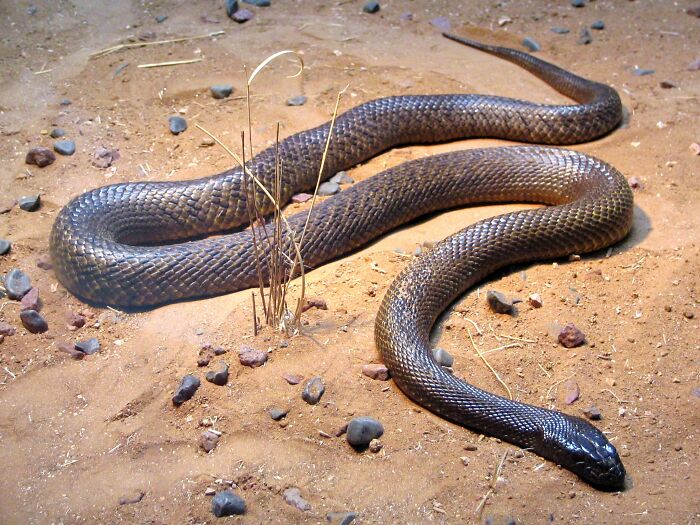 It's estimated that one bite from Inland Taipan possesses enough lethality to kill at least 100 people.
It's estimated that one bite from Inland Taipan possesses enough lethality to kill at least 100 people.
The typical Inland Taipan bite has 44 mg–110 mg of venom. The record for the most venomous snake belongs to this Australian species. The Inland Taipan's venom may kill 250,000 mice in one dose.
Thankfully it lives well away from the major population centres. All we have to worry about is the eastern brown.
Snakes are indispensable to their ecosystems.
Snakes regulate prey populations because they are predators. Without them, the food chain would collapse, and small mammals, rodents, birds, amphibians, and insects would take over many ecosystems. Therefore, to keep up with their respective surroundings, they are necessary.
Although they may have a bad reputation in Western societies worldwide, snakes are essential to the health of our planet. Despite lacking legs, they are evolutionary marvels that have adapted to practically every ecosystem on Earth and endured the test of time.
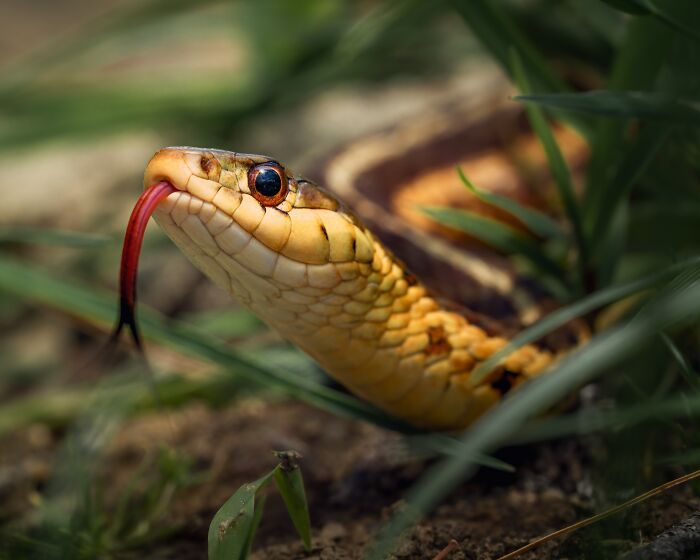 Snakes navigate by using their tongues.
Snakes navigate by using their tongues.
Snakes don't merely extend their tongues as a form of intimidation. Most snakes rely on their tongues to navigate and find prey because they have weak vision and hearing. The pheromones provide their sense of direction that their forked tongues pick up from their surroundings and transmit to the Jacobson's Organ.
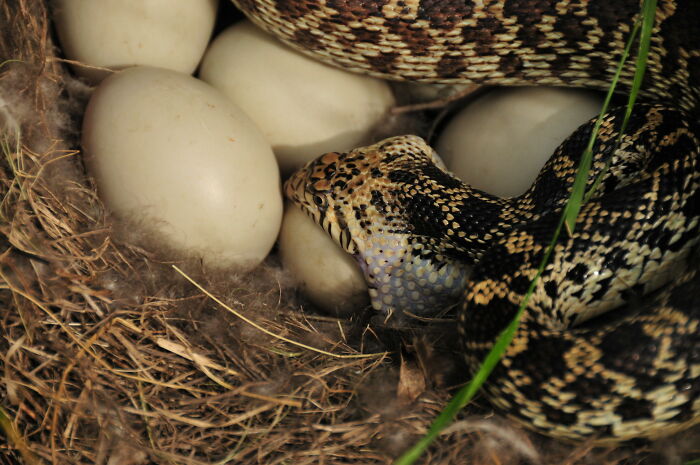 Some snakes do not lay eggs.
Some snakes do not lay eggs.
Reptiles lay eggs, which sets them apart from mammals, as you may have learned in school. Nature has its principles, even though we try to define and categorize everything around us. Although over 70% of snakes lay eggs, others don't. Since the eggs wouldn't survive outside, snakes that reside in colder climates give birth to live young.
It's not just snakes in colder climates that give birth to live young. For example ALL members of the Boa family, which included Anacondas, give live birth.
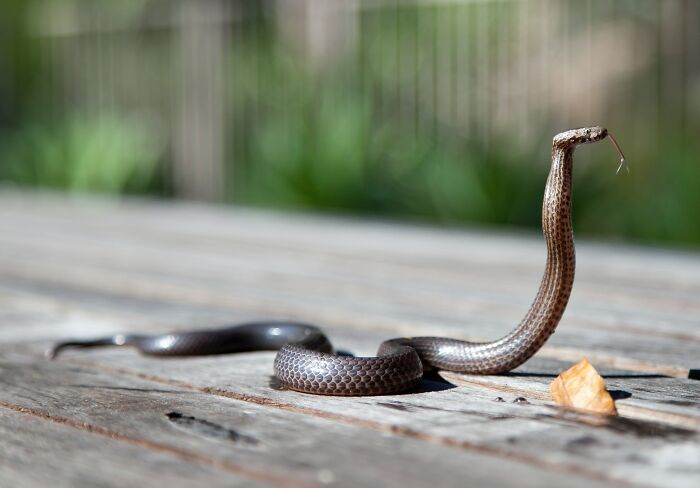 Snakes have bones.
Snakes have bones.
They are classified as a vertebrate even though they are very flexible (animals with bones). Numerous vertebrae joined to ribs make up a snake's backbone (or spine). A total of 206 bones make up the 24 ribs of an adult human. Snakes have up to 1200 bones and as many as 33 ribs.
Snake venom cannot harm them if its from the same species; they are immune to it.
Since bites from other members of their species frequently occur during mating and socializing, snakes have evolved to be immune to venom. They would not, however, be immune to the venom of other snake species.
The most prevalent snake is the Gartner snake.
Garter snakes are typically purchased as pets. They are harmless and non-venomous, which has led to a reduction in the species' population.
I posted not too long ago that I haven't seen any in my neighborhood for over 30 years 😔
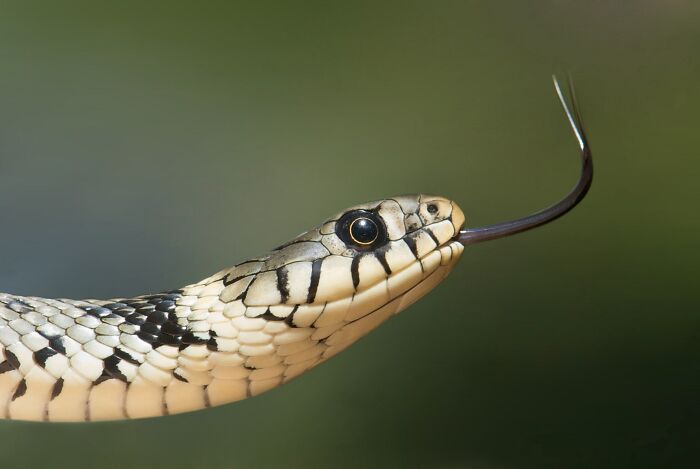 There are around 3,000 different snake species worldwide.
There are around 3,000 different snake species worldwide.
The number of snake species has recently increased to 3,789, making them the second largest category of reptiles behind lizards. There are 30 different families among them, as well as numerous subfamilies. In Australia, there are about 140 of them.
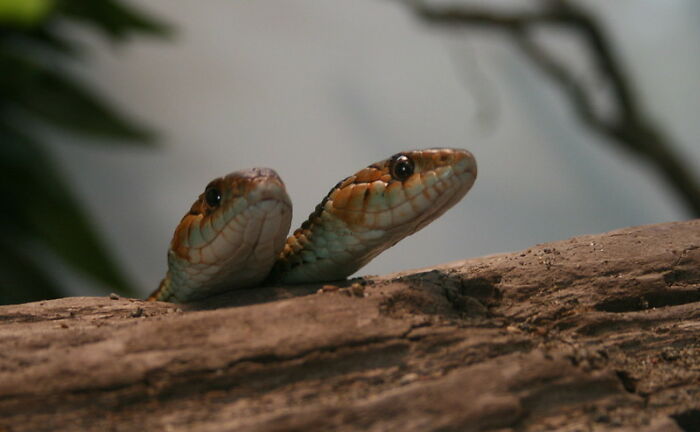 Snakes are typically solitary creatures.
Snakes are typically solitary creatures.
They don't reside in families. However, they will meet during the South West's October to December breeding season.
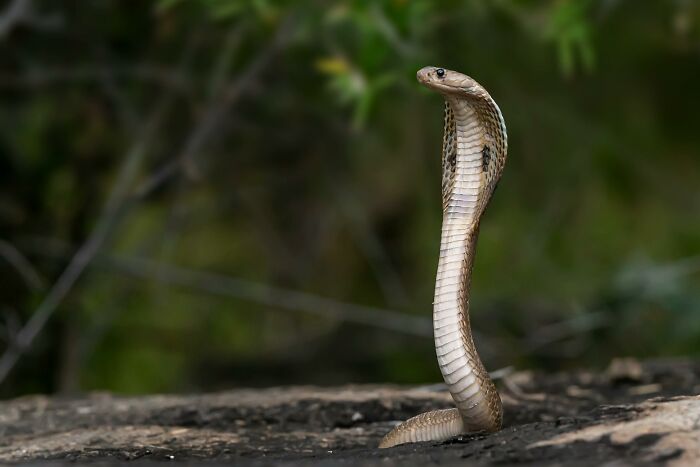 Venomous snakes have special glands and teeth (fangs) explicitly made to inject their prey with poison.
Venomous snakes have special glands and teeth (fangs) explicitly made to inject their prey with poison.
Venom, a highly modified form of saliva, helps digestion by breaking down food while immobilizing prey. It is not intended to harm anyone. The only thing a venomous snake is aware of is that when it bites anything, it finally stops moving and can be consumed. Using venom for self-defense is another option.
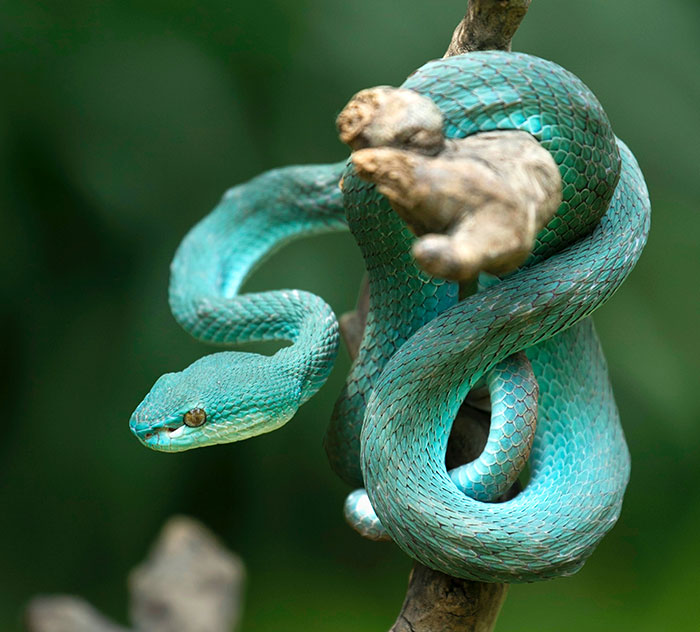 Non-venomous snakes called Pythons kill their prey by wrapping themselves firmly around it, squeezing, and suffocating it. This process is called constriction.
Non-venomous snakes called Pythons kill their prey by wrapping themselves firmly around it, squeezing, and suffocating it. This process is called constriction.
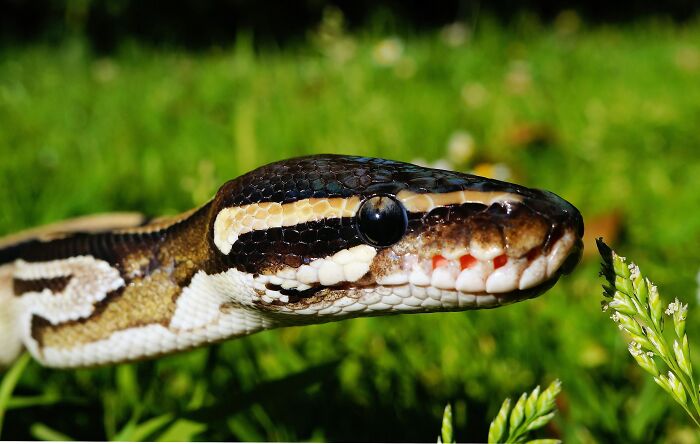 Snake eyes can reveal whether it's venomous or not.
Snake eyes can reveal whether it's venomous or not.
Non-poisonous snakes often have circular pupils, whereas venomous snakes typically have slitted or elliptical pupils. Unquestionably one of the snake details to be aware of. There are still some exceptions, though. It's preferable to avoid a snake if you come across one.
Don't go close to check this fact if the pupils are not visible from a distance. Just run anyway!
On one island in Brazil, there are just snakes.
The Ilha da Queimada Grande separates Brazil and the Atlantic Ocean. It is most widely referred to as Snake Island because there are five snakes per square meter. The area is off-limits to tourists because the island is now home to the last golden lanceheads.
Around 200 of the world's 600 venomous snake species can kill a person.
Calling all BP's! I need 600 volunteers! Guaranteed that 2/3 will survive.
Snakes are carnivores.
The majority of their food sources are tiny mammals. Snakes will consume other snakes, frogs, lizards, skinks, mice, rats, rabbits, birds, possums, skinks, and bats. Without snakes in our habitat, there would be an infestation of vermin.
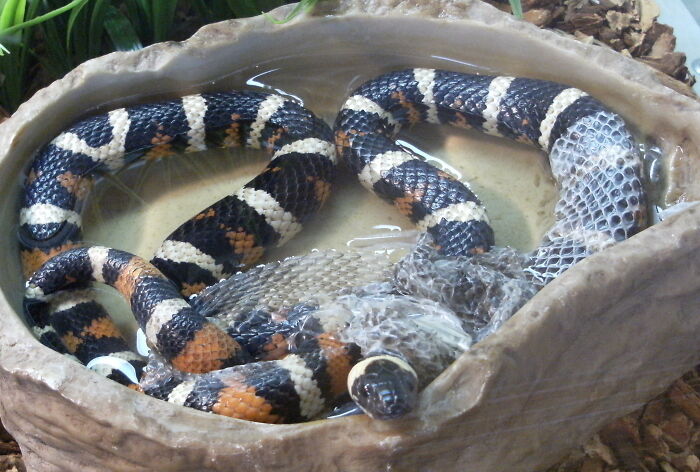 Snakes shed their skin.
Snakes shed their skin.
They do this several times yearly, usually during the warmer months when they grow and eat more. Sloughing is a process that can take several weeks. A snake is highly vulnerable during its "shed" cycle and usually tries to hide.
There's also a species of snake that only eats slugs! In fact if I remember rightly it doesn't even have any teeth.
There's also a species of snake that only eats slugs! In fact if I remember rightly it doesn't even have any teeth.

 Dark Mode
Dark Mode 

 No fees, cancel anytime
No fees, cancel anytime 

















